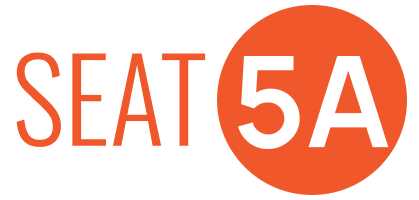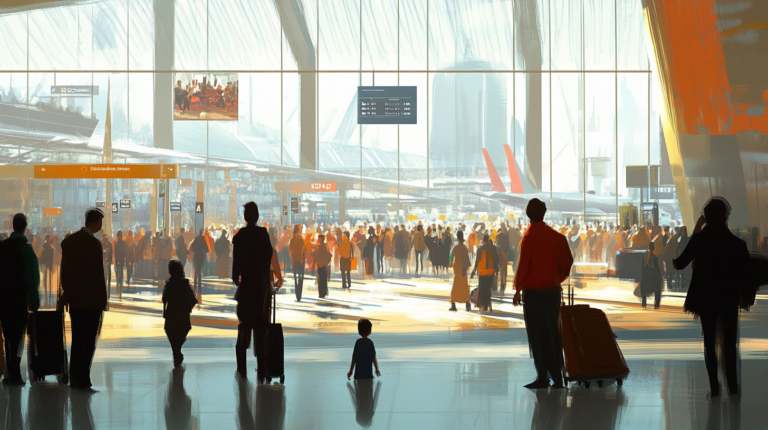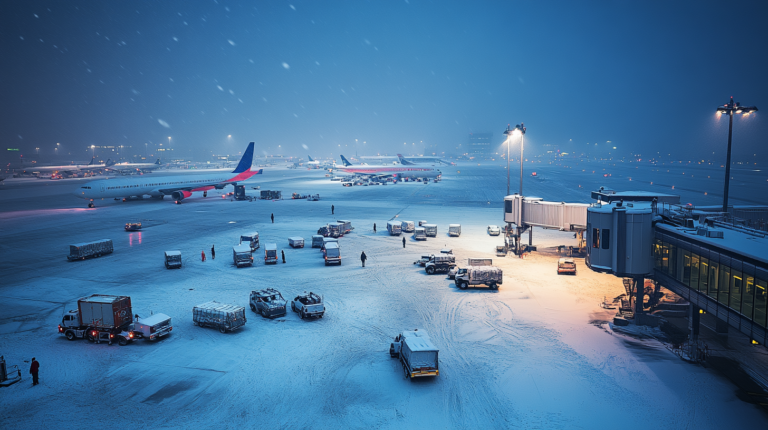The Perfect Business Trip Itinerary: A Seat5A Guide

I’ve spent countless hours in airport lounges, rushing between gates, and juggling tasks for back-to-back meetings around the world. In all that hustle, one truth has become crystal clear: a dependable business travel itinerary is my go-to resource for staying organized and calm under pressure. By collecting flight schedules, hotel confirmations, and daily agendas in a single document, I can fend off last-minute confusion and focus on achieving my travel goals.
Why a Detailed Business Travel Itinerary Matters

Over the years, I’ve observed how a comprehensive itinerary can transform a harried work trip into a seamless experience. According to a 2024 survey by the Global Business Travel Association, business travelers with clearly outlined schedules reported 35% fewer last-minute disruptions than those who relied on scattered emails or memory alone. It’s not just about knowing when and where you need to be; it’s about minimizing worries so you can devote your mental energy to the real purpose of the trip, whether that’s meeting clients, scouting future opportunities, or presenting at a conference.
In my own travels, I’ve seen how simple details—like booking ground transportation in advance or noting local time zone differences—can save you from scrambling at the last minute. I’ve also learned to include emergency contacts and alternative flight options in my itinerary. When things go off-script (weather delays, sudden schedule shifts, or unexpected venue changes), having those details on hand makes me feel confident and prepared.
From a research standpoint, the benefits of a well-structured itinerary go beyond just staying on schedule. Studies in organizational psychology highlight how a clear plan reduces decision fatigue, allowing you to operate more effectively throughout your trip. It’s a small investment of time upfront that pays big dividends once you’re on the road—or in the skies.
Top 3 Tools for Seamless Planning

1) Jotform: I love how Jotform offers customizable Business and Vacation Itinerary PDF templates to convert online responses into fully organized, mobile-friendly schedules. From personal experience, its drag-and-drop PDF Editor makes it simple to incorporate flight information, hotel details, and meeting locations without fuss. I’ve also recommended Jotform to executive assistants who appreciate its no-coding-required approach, because it offers speed and reliability in a pinch.
2) Creately: This platform excels when I need real-time collaboration. If a conference session changes or a crucial meeting gets shifted, Creately’s drag-and-drop editing interface helps me and my team adapt swiftly. Their AI support is especially handy for brainstorming last-minute itinerary tweaks. I’ve found it useful for visualizing timelines and making sure everyone is on the same page—literally.
3) Free Standard Templates: Downloadable itineraries in Word, Excel, Google Docs, or PDF formats might not sound fancy, but they’re reliable, straightforward, and easy to customize. They’re perfect if I’m working with people who don’t want to learn new software. Plus, including disclaimers and personal reminders is a breeze, ensuring I don’t overlook extra details like visa requirements or local COVID-19 regulations.
While I rely on specialty platforms for highly dynamic schedules, it’s amazing how often the simplest tools still get the job done effectively. According to industry data from 2025, over half of small businesses still use basic templates for their day-to-day travel planning. Sometimes, sticking to what’s familiar is the quickest path to a polished outcome.
Key Elements of a Stress-Free Trip

I’ve found that successful trips revolve around three anchor points: flights, accommodations, and key meeting agendas. The added details, like subway line directions or local rideshare costs, can make a world of difference, too. When I’m arriving in a new city, I prefer to set aside an hour or two in my itinerary for navigating public transit and settling into my hotel. A 2025 white paper from the International Travel Association echoes this approach, stating that reserving a small buffer between major events can reduce anxiety and improve overall trip satisfaction.
One of my favorite “hacks” is to add optional side notes about restaurants, coffee spots, or cultural landmarks near my lodging. Not only does this bring some excitement to the trip, but it also gives me a chance to pop into a local café or snap a quick photo of a historic monument if time permits. Including these small details in an itinerary is like building in miniature rewards for completing your work tasks.
And let’s not forget the importance of accounting for time zone shifts. I’ve had my fair share of slip-ups—like waking up too late for an overseas virtual meeting—because I overlooked the difference in local time. These days, I use calendar apps that automatically adjust to my current location, which keeps me on track and keeps confusion to a minimum.
Balancing Business and Personal Time

In my experience, it’s all too easy to let work overtake every spare moment during a business trip. However, I’ve learned that penciling in personal time can actually boost energy and productivity. Even a 15-minute break to explore a local bookshop or grab a specialty coffee can refresh your mind before the next big meeting. According to a study by the American Psychological Association, brief moments of leisure significantly improve cognitive performance and reduce burnout.
Many itinerary templates now wisely include a section for personal activities, and I’m a huge proponent of this approach. It’s not about slacking off; it’s about maintaining a supportive rhythm for your mind and body. A friend of mine—a management consultant who flies out regularly—credits her unwavering mental sharpness to scheduling short cultural excursions, whether it’s visiting a small art gallery in Paris or wandering through a street market in Tokyo.
This balancing act can also extend to the digital sphere. I sometimes block out “digital-free” slots in my itinerary where I step away from social media, emails, and messaging apps. It’s a small step, but it helps me stay grounded and truly appreciate the journey between professional obligations.
Making the Most of Customized Templates

Customizing an itinerary might seem tedious, but the payoff is well worth the effort. While traveling for company events or media tours, I’ve learned that incorporating corporate branding and tailored disclaimers can enhance professionalism and ensure that each itinerary aligns with company policies. This approach also signals attention to detail, which can foster trust among stakeholders and clients.
Before printing or sharing a digital copy, I often cross-check checklists from reliable industry sources. For instance, the International Air Transport Association (IATA) updates its travel guidelines annually, and I make sure my templates reflect the latest best practices around safety and compliance. This level of thoroughness helps me sleep better at night, knowing I’ve double-checked all the critical details.
Whether I’m heading to an annual shareholder summit or a personal getaway, I see the itinerary as a living, breathing document. I keep it flexible enough to handle any curveballs—like flight cancellations or sudden business opportunities. By leaving room for timely tweaks, I transform a static plan into a strategic blueprint that keeps me focused and in control.
Final Thoughts

Planning the perfect work trip takes more than just booking a flight and a hotel. It’s about weaving together every aspect of the journey—logistics, timing, objectives—into a cohesive plan that reduces stress and enhances productivity. By taking advantage of user-friendly tools and customizing templates to fit your unique needs, you transform what could be a hectic experience into something constructive and even enjoyable.
In today’s fast-paced world, I’ve found that investing a bit more time on the front end pays off in multiplied dividends later. Your itinerary should essentially serve as your personal assistant, anticipating what you need before you do. Yes, it’s an extra step, but once the itinerary is set, you can focus on delivering your best work instead of sweating the small stuff.
The next time business calls you halfway around the globe, remember that a smartly structured itinerary can be your most powerful ally. Keep it detailed, keep it nimble, and above all, make it work for you.
Amelia Yeaher’s Take
From hybrid reality airports to AI-driven check-in kiosks, travel in 2025 is as exhilarating as it is demanding. I believe a well-crafted itinerary merges strategic planning with adventurous discovery, and that’s exactly why I swear by it. In my view, having a clear roadmap sets you free to explore unexpected opportunities—from impromptu networking chances to hidden local gems.
If there’s one lesson I’ve learned from my experiences, it’s this: don’t wait until the night before you fly to draft your itinerary. Build it early, refine it often, and let it guide you to success—and maybe even inspire you to enjoy the ride.






